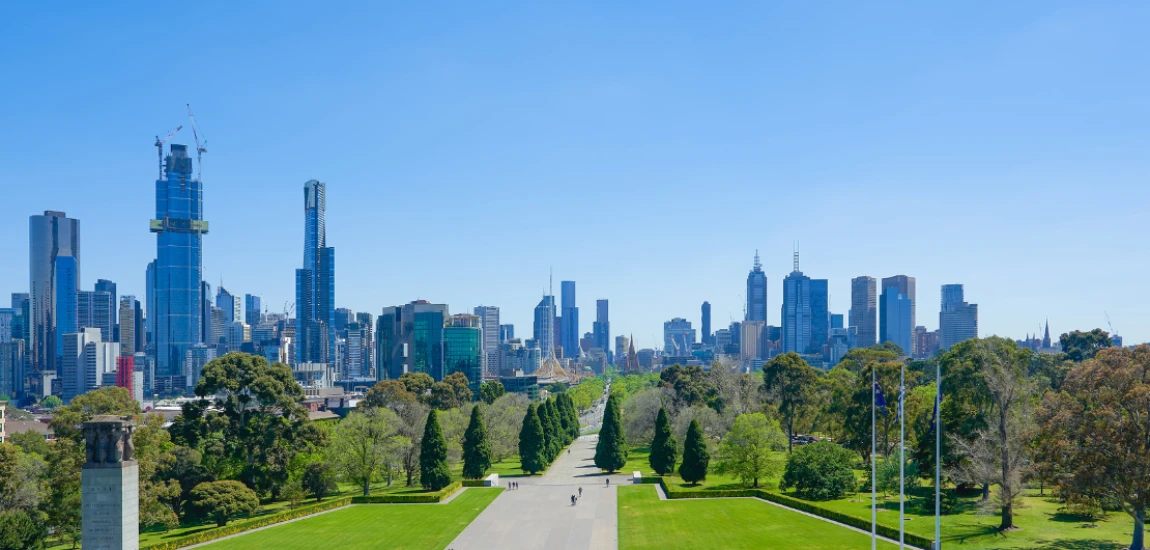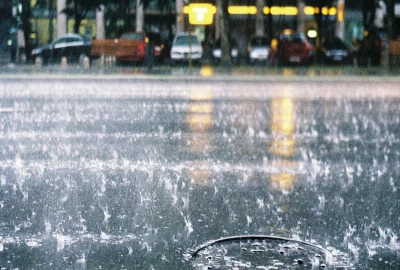Microadventures That Hit Harder Than a Two-Week Vacation

We often equate “real travel” with long-haul flights, detailed itineraries, and the mythical two-week escape from work. But what if you could experience just as much awe, renewal, and inspiration in a single weekend—or even an afternoon? That’s the magic of microadventures. They’re small in scale, low on cost, and big on impact.
Coined by British adventurer Alastair Humphreys, the term “microadventure” describes short, local, and accessible adventures that break you out of your daily rhythm. These aren’t watered-down versions of “real” trips—they’re potent doses of nature, novelty, and connection that hit harder than a traditional vacation. In fact, many travelers are finding that these short bursts of escape offer more clarity, joy, and transformation than long trips filled with logistics and stress.
In this post, we’ll explore why microadventures matter, where to find them, and how to design your own soul-sparking moments—without waiting for annual leave to kick in.
Why Microadventures Matter More Than Ever
Let’s be honest—modern life is exhausting. Between meetings, responsibilities, and screen time overload, many people don’t have the luxury (or energy) to plan an elaborate vacation. Microadventures cut through the noise by offering:
Low-barrier escapes: No need to book flights or take extended leave. You can often start and finish a microadventure in 24 hours or less.
Mental resets: Stepping out of your comfort zone—even briefly—can reignite creativity, motivation, and emotional well-being.
Sustainability: Microadventures have a smaller environmental footprint, relying more on public transport, walking, or biking than global flights.
Flexibility: They can be solo, with friends, or with family. There’s no fixed format. The only rule? Step out of your routine.
In short, microadventures deliver the kind of clarity and presence we often chase on long vacations—but in manageable, meaningful doses.

The Sunset Summit: A Post-Work Climb That Changes Everything
You don’t need to scale Everest to feel triumphant. One of the simplest yet most powerful microadventures is climbing a local hill or mountain to watch the sunset. It might only take a few hours, but the emotional payoff is massive.
Why It Hits Harder:
Time investment: You can leave work at 5 p.m., hit the trail by 6, and be home by 10. Minimal planning, maximum reward.
Symbolism: Physically climbing to a new perspective often mirrors an emotional or mental shift.
Presence: You’re not scrolling your phone or answering emails. You’re watching the sky change in real time, soaking in silence or shared awe.
Bonus Tips:
Bring a small thermos of hot tea or wine for a summit toast.
If you’re hiking solo, use a headlamp and stick to marked trails.
Apps like AllTrails or Komoot can help you discover local climbs and loop routes.
A simple weekday hike can stay with you far longer than an expensive weekend in a five-star hotel. It’s the contrast—the break from routine—that makes it powerful.

The 5-to-9 Escape: Overnight Camping Just Outside the City
You don’t need to go far to feel far away. An overnight campout—even just 10 miles from home—can feel like a full vacation if done right. It forces you to unplug, focus on the essentials, and reconnect with nature’s rhythm.
Why It Feels So Impactful:
You’re outside your norm: Sleeping outdoors, cooking over a fire, waking with the sun—all these things jolt your brain into a different mode.
Zero distractions: Without Wi-Fi or screens, your mind quiets down.
Physical reset: Just one night away can improve your sleep, lower stress, and realign your circadian rhythm.
How to Do It:
Use public land, nearby state parks, or wild-camping areas (always check local rules).
Keep gear simple: sleeping bag, mat, headlamp, and something easy to cook.
Go solo for reflection, or bring a friend and lean into late-night campfire conversations.
This “5-to-9” approach—leaving after work and returning before the next morning—makes adventure doable even midweek.

Urban Drift: Rediscover Your Own City Through Fresh Eyes
Not all microadventures require wilderness. Urban exploration can be equally soul-stirring—especially when done with intention. Pick a neighborhood you’ve never explored, set a rule like “no Google Maps,” and wander with curiosity.
What Makes It Work:
Reframing the familiar: You don’t need to fly across the world for wonder. Often, it’s hiding right around the corner.
Slow travel, fast: Urban drifting slows you down and invites observation—street art, odd architecture, conversations with strangers.
Connection: Talk to a street vendor, visit a hole-in-the-wall museum, or attend a local performance you’d usually ignore.
Pro Tips:
Use public transit to get somewhere unfamiliar and walk your way back.
Bring a journal or sketchbook.
Try a themed drift—like “coffee shops only,” “follow the sound of music,” or “stop at every open door.”
Urban microadventures are powerful because they break mental maps and reveal how much we overlook in our daily rush.

Cold Water Therapy: The Wild Dip That Reboots Your System
One of the simplest yet most exhilarating microadventures is a cold water plunge. Lakes, rivers, oceans—any natural body of water under 15°C will do. It’s part thrill, part therapy.
Why It Works:
Shock and awe: Cold water jolts your body into the present moment. There’s no room for stress or overthinking.
Health benefits: Studies show it boosts circulation, reduces inflammation, and triggers endorphins.
Mind over matter: Doing something uncomfortable—by choice—builds confidence and resilience.
How to Do It:
Always check the safety of the spot—currents, depth, water quality.
Bring a towel, warm clothes, and something hot to drink afterward.
Go with a friend or join a cold water swim group for safety and community.
This microadventure may only take 20 minutes, but the afterglow lasts all day. It’s like hitting the “reset” button on your nervous system.

24-Hour Road Trip: Turn Your Day Off Into a Full-On Adventure
You don’t need weeks to feel the freedom of the road. A 24-hour loop can deliver everything we love about road trips—scenery, snacks, music, spontaneity—without the long commitment.
What Makes It Memorable:
No pressure: One day, one bag, one plan: explore.
Sensory shift: Changing landscapes, stopping at roadside oddities, eating somewhere new—your senses light up.
Self-direction: You choose the pace, the playlist, the stops. That autonomy is powerful.
Ideas to Build Your Route:
Choose 2–3 quirky roadside attractions or scenic routes.
Add a nature stop (lake, mountain, desert).
End at a cozy Airbnb or with car camping under the stars.
Even a loop that starts and ends at your home base can feel like a full story. You return changed—wider-eyed, better fed, and somehow, more you.
How to Design a Microadventure That Actually Hits
Not all microadventures are created equal. The ones that hit hardest are those that do at least one of the following:
Break routine: They shake up your day-to-day and snap you into presence.
Involve nature: Even brief time in natural settings has a powerful emotional and physiological effect.
Challenge you slightly: A little discomfort (cold, effort, navigation) leads to growth.
Create story: Something memorable happens—surprise weather, a conversation, an unexpected detour.
Start Small, Think Big
You don’t need to reinvent your weekends. Start with a one-hour sunrise hike. Try sleeping in your backyard. Say yes to the next local festival. The more microadventures you say yes to, the more your life becomes a mosaic of moments—not just major milestones.





